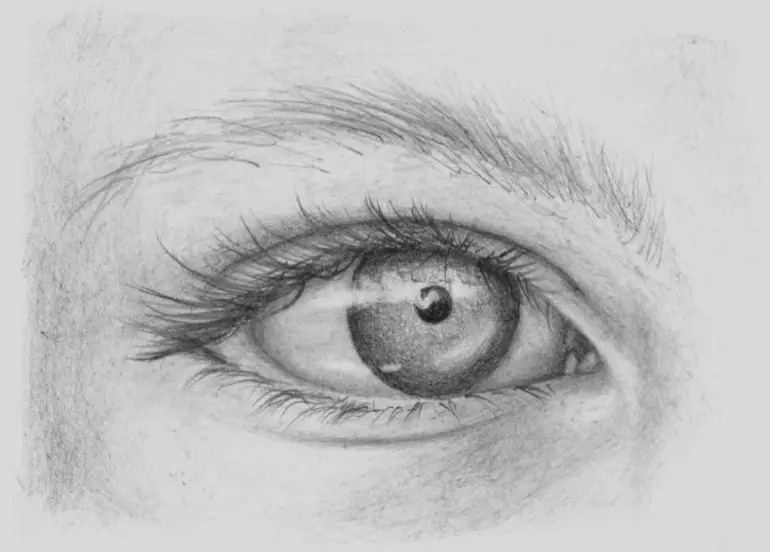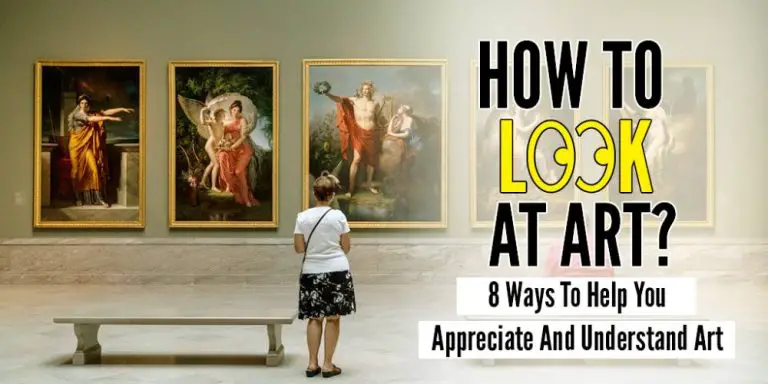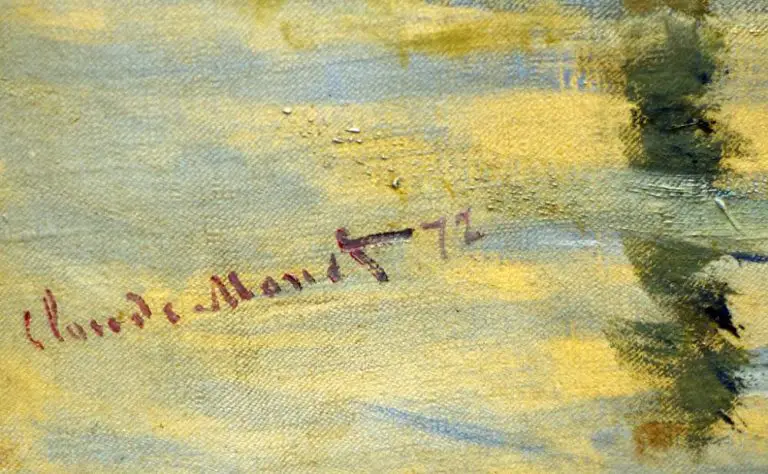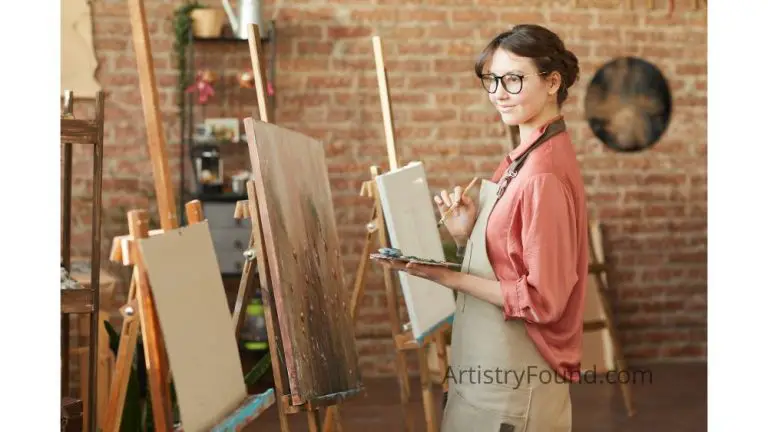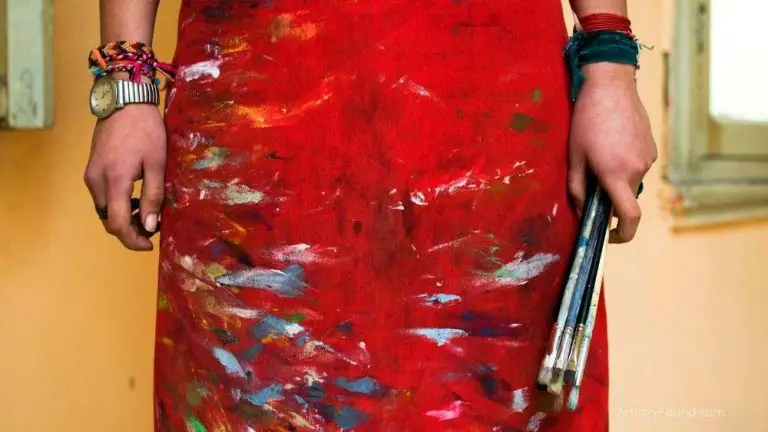Why Artists Hold Up Their Thumbs (Explained!)
Have you ever noticed an artist holding a paintbrush, or a pencil or their thumb in front of them, with one eye closed and the other squinting? Almost as if they are giving a thumbs up and a wink at the same time? Their body tenses up, and they go into a stance that is almost like a sniper holding a riffle? What on earth are they doing? Are they trying to confuse us? Why do artists hold up their thumbs like that?
Artists hold up their thumbs, a pencil, or a paintbrush as a sighting tool in order to measure the distances between objects. This measurement technique is used by artists to sketch or paint the perspectives, proportions, and angles of objects as close to accurately as possible.
This is usually done when the artist is doing a live sketch, and doesn’t have a ruler or ability to draw a grid. Some artists have mastered this technique through years of practice, and use only this method when creating their art. A thumb, paintbrush or pencil is used because these items are always easily available.
When it comes to drawing a live object or person, you can’t draw grid lines on them to guide you. This is why artists have been using this method for centuries.
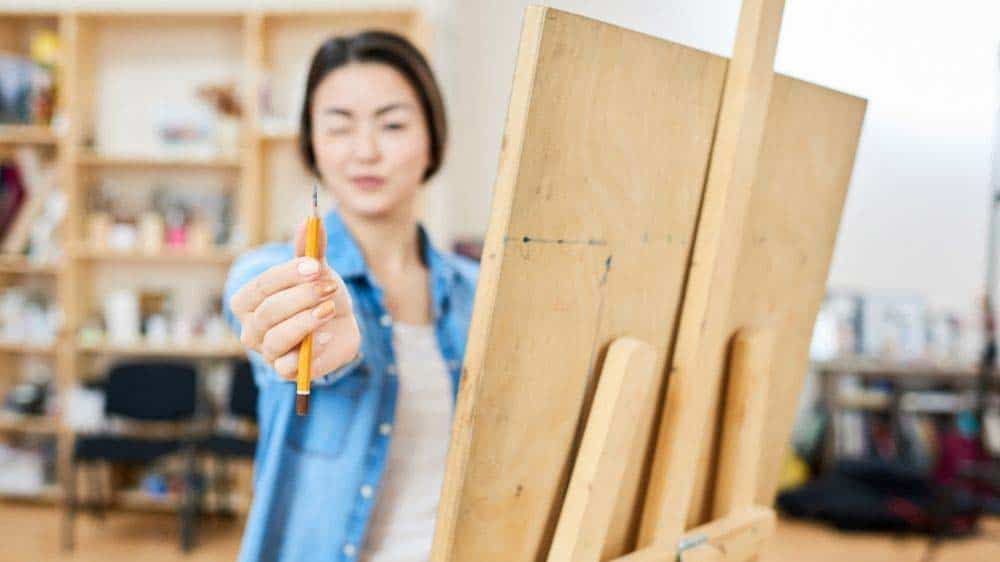
(This article may contain affiliate links and I may earn a commission if you make a purchase)
How an Artist Uses The Thumb Method
Artists hold their thumb or pencil up to the thing they are drawing, measures from the top of their thumbs down, and then transfers that dimension to their paper or canvas. That way, they can be sure that they are getting the proportions correct. Closing one eye at a time prevents you from having stereo vision. This also comes in handy for getting the scale right when you want to convert a 3D scene into a 2D image.
Let’s look at how artists apply this measuring technique by examining how they would draw a model. Figure proportions are complicated to draw. To measure a model or an object, they use a pencil or paintbrush, with their arm fully extended in front of them and their elbow straight.
The artist must stand or sit on the same spot and hold their head very still while they are measuring. They never stand too close to the model, always keeping a distance of no less than +/-2 meters (79 inches).
Always start with the model’s head and measure down, for instance, going from the top of the head to the chin. Position your pencil or paintbrush with your thumb, keep your master eye open and close the other eye.
While using this method, the artist can judge the space and shapes next to, on top of, and beneath the section of the image or object. In this way, they can paint or draw the person, object or landscape without getting the proportions wrong.
The artist uses either the length of the paintbrush or a section of their thumb to compare the distance between their eye and the object. This is a method that helps the artist to judge scale and perspective.
To summarize, they are looking at the proportions. They use the pencil to derive distances between parts of the face, the head, and the human body, or even when they are drawing or painting a still life.
The pencil is an aid that gives them something with which to “measure the distance” and to “draw the imaginary lines” between all the different elements. For example, if they want to know the distance between the bridge of a nose to the bottom of the nose, they hold the pencil tip up to the bridge of the nose, judge that distance and mark it mentally, or with their thumb position on the pencil, and then transfer that measurement to their canvas by marking it with a pencil.
How Long Does It Take an Artist to Perfect The Thumb Method?
An artist needs to practice getting the scale and proportions of an image correct. The only way to do this without a ruler or grid is by following the rule, ‘practice makes perfect!
To ensure accuracy, the artist holds up a pencil or paintbrush at arm’s length between their eye and the object or image that they are drawing or painting. This is the only proper way for an artist to observe and practice getting their proportions right without using a grid or a ruler.
To use this method correctly, the artist uses his thumb to gauge from one point of the object to another. They use the pencil as a measuring stick.
To estimate the angle of an object, they hold the pencil parallel to the angle or line which they want to draw and transfer the angled pencil to their canvas or paper and make a stroke to indicate the correct angle.
To practice, make sure you draw on a small and large scale. If you only use a small scale, you will develop a crammed style and have difficulty drawing or painting on a larger scale. The most effective way to practice drawing is by finding objects around you, such as fruit, bowls, boxes, and different shapes and sizes.
Start with one object at a time, and group them as you progress. Use things with a solid color and a dull or matte finish. This enables your eye to practice getting the lines and shapes proportioned correctly instead of distracting your eye with colors and textures.
If you want to turn a shiny, colorful object into a matte finish and only one color, fill a container with ¼ whiting, mix in 1/8 PVA glue and continue adding water and stirring until you have a consistency resembling cream. Dip your object in the mixture and leave it to dry.
Your objects will be dull and matte when they have dried completely. Once they have dried, you can draw them one at a time at first, and as you get more comfortable, you can start grouping them. To achieve accurate outlines of an object, place light objects against a darker background and darker things against a lighter background.
It depends on the person or artist how long it will take them to perfect this method. As with anything, the more you practice, the better you will become. If you have a natural talent for drawing or painting, your time to perfect this skill will be quicker and easier to master.
In Conclusion
One of the first things you are taught when drawing is proportion. This is very important because you learn how to draw things as you see them rather than as you think they are. For an artist, using their thumb, or other handy object like a pencil or paintbrush, to measure objects and angles, really helps with drawing proportionately.
This technique has been used by artists for centuries. An artist holding up their thumb isn’t just a cliché, it’s a time-tested technique for improving a drawing or painting.
References:
https://www.drawinghowtodraw.com/drawing-lessons/improve-drawing/measure-measuring-proportions.html


